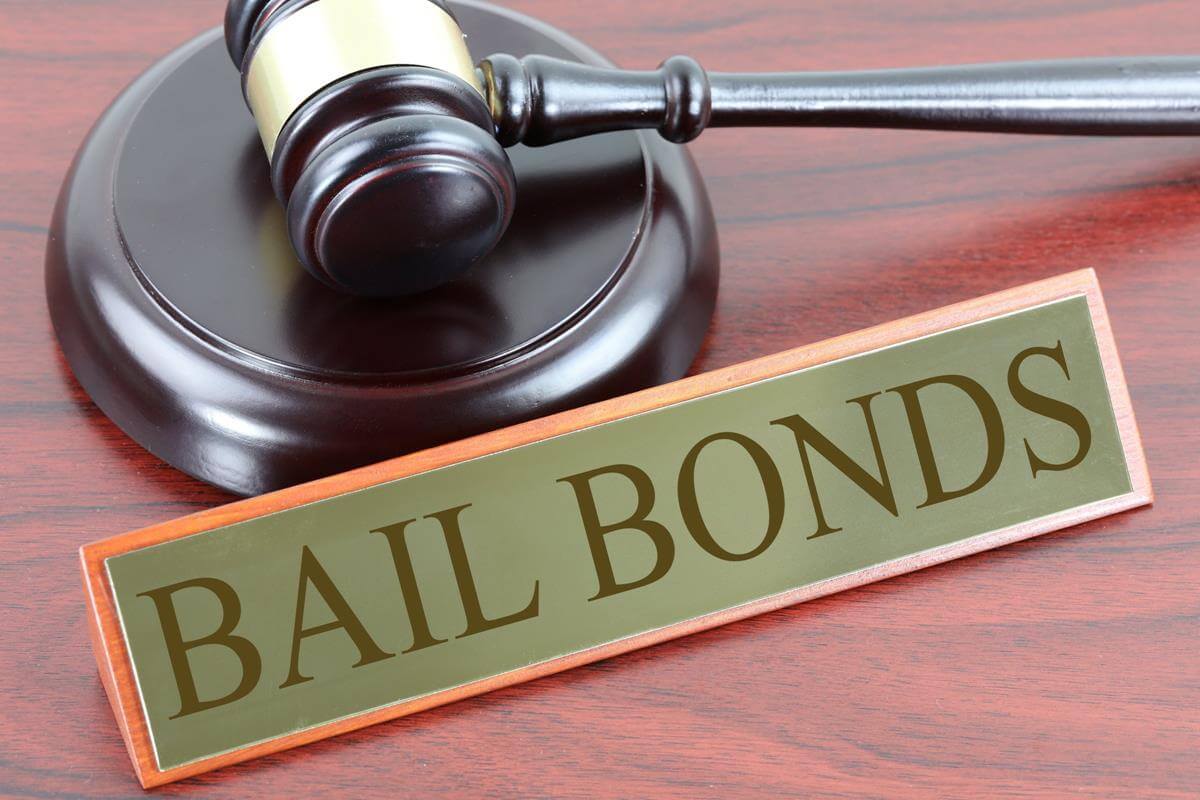A Comprehensive Consider the Bail Bonds Process in Los Angeles
A Comprehensive Consider the Bail Bonds Process in Los Angeles
Blog Article
Just How Bail Bonds Work: A Thorough Review
Bail bonds play a critical role in the legal process by supplying a system for people to secure their release from safekeeping while waiting for test. Understanding the complexities of exactly how bail bonds work, consisting of the functions of courts, bail bondsmensman, and the different fees entailed, can be necessary for any individual navigating this intricate system. As we explore the different sorts of bail bonds and the aspects that influence their expenses, it becomes evident that the responsibilities linked to these contracts expand much beyond mere economic transactions. What ramifications do these duties hold for defendants and their families?
What Are Bail Bonds?
Bail bonds are often made use of in the criminal justice system as a monetary assurance that an accused individual will certainly appear in court as needed. When an individual is arrested, a judge might establish a bail amount based on various elements, including the extent of the crime, the offender's criminal background, and the risk of flight. If the charged can not manage the bail amount, they may seek the assistance of a bail bondsman.
A bail bond is a contract between the accused, the bondsman, and the court, guaranteeing that the accused will fulfill their legal commitments. For a charge, normally a percent of the complete bail amount, the bail bondsman provides the court with a guaranty that ensures the bail. If the implicated falls short to show up in court, the bondsman is responsible for paying the complete bail amount to the court, which may lead them to seek the offender for recovery.
Bail bonds serve to assist in the release of people waiting for trial, allowing them to keep their employment and household responsibilities while ensuring conformity with court looks. This system is indispensable to stabilizing the legal rights of the accused with the interests of public safety and judicial honesty.
The Bail Process Described
After recognizing the duty of bail bonds in the criminal justice system, it is very important to outline the bail process itself. When a person is arrested and taken right into wardship, the bail procedure starts. Complying with the arrest, the defendant is normally brought before a judge for an initial hearing, where the court will figure out whether to approve bail and established the amount.
If bail is provided, the accused has a number of choices to safeguard their release. They may pay the complete bail quantity in cash money, which is returned upon the conclusion of their court responsibilities. The offender can look for the aid of a bail bondsman, who bills a non-refundable cost-- normally a portion of the complete bail amount-- to publish bail on their behalf.
As soon as bail is published, the accused is launched from wardship with the understanding that they should participate in all scheduled court looks. Stopping working to show up can result in the forfeiture of the bail and added legal effects. The process concludes when the instance is settled, whereupon the bail is either returned or maintained by the bail bondsman as repayment for their services.

Kinds Of Bail Bonds
When it comes to protecting a release from safekeeping with bail bonds,Many choices exist. Understanding the different types can help defendants and their family members make informed choices.
One of the most common kind is the surety bond, which includes a third-party bail bondsmansman who assures the full bail quantity to the court for a non-refundable fee, usually around 10% of the bail amount. This alternative is commonly made use of because of its accessibility for individuals that may not have the financial means to pay the complete bail upfront.
One more type is the cash money bond, where a co-signer or the accused pays the overall bail quantity in money directly to the court. Upon effective conclusion of the instance, the funds are refunded, minus any appropriate costs.

Last but not least, immigration bonds are especially created for individuals restrained by immigration authorities, facilitating their launch while they await legal procedures. Each type of bail bond serves distinctive functions, satisfying different scenarios and requires within the legal system.
Factors Impacting Bail Costs
Numerous key elements influence the general expense of bail, determining just how much a defendant or their family members may require to pay for launch. One of the main factors is the severity of the charges. Felony charges usually lead to greater bail amounts compared to offenses due to the perceived risk of trip and the prospective repercussions of the violation.

The defendant's monetary scenario can likewise affect the bail quantity. Courts may consider an offender's revenue and possessions when determining bail, possibly resulting in greater expenses for those with better monetary sources. Last but not least, the availability of security might affect the needed payment. If a bondsman perceives a higher threat, they may establish a higher premium, further enhancing the costs related to safeguarding a bail bond. Understanding these variables can aid accuseds and their family members prepare for the monetary ramifications of securing bail.
Duties of the Indemnitor
When bail has been secured, the duties of the indemnitor, or the individual who accepts back the bail bond, entered into play. The indemnitor is mostly accountable for guaranteeing that the accused participates in all arranged court appearances. Failure to why not try here do so might lead to the loss of the bail bond and possible legal consequences for the indemnitor.
In addition, the indemnitor is obligated to pay off the bail bond company the total of the bond if the offender stops working to show up in court. This includes any kind of charges or prices incurred by the bail representative in recuperating the defendant, which may additionally rise the economic burden on the indemnitor.
The indemnitor should additionally preserve open communication with both the bail and the accused bail bondsman, providing any kind of necessary updates connected to the defendant's scenario. It is important for the indemnitor to stay conscious of the legal obligations and effects associated with the bail bond, as lack of knowledge might bring about unintended responsibilities.
Conclusion
In recap, bail bonds act as an essential mechanism within the criminal justice system, helping with the launch of accuseds while ensuring their look in court. Understanding the various kinds of bail bonds, the complexities of the bail procedure, and the factors influencing bail prices is necessary for browsing this complicated landscape. In addition, recognition of the duties birthed by the indemnitor highlights the significance of informed decision-making when involving with bail bond solutions.
Recognizing the ins and outs of how bail bonds work, including the functions of courts, bail bondsmen, and the different costs involved, can be vital for anybody navigating this complex system.After recognizing the duty of bail bonds in the criminal justice system, it is crucial to lay out the bail procedure itself. The offender can look for the aid of a bond bondsman, that charges a non-refundable cost-- generally a percent of the overall bail amount-- to upload bail his explanation on their part.
If a bail bondsman regards a higher threat, they may establish a higher costs, additional increasing the costs associated with protecting a bail bond. Recognizing the numerous types of bail bonds, the details of the bail process, and the factors affecting bail costs is crucial for navigating this complex landscape.
Report this page